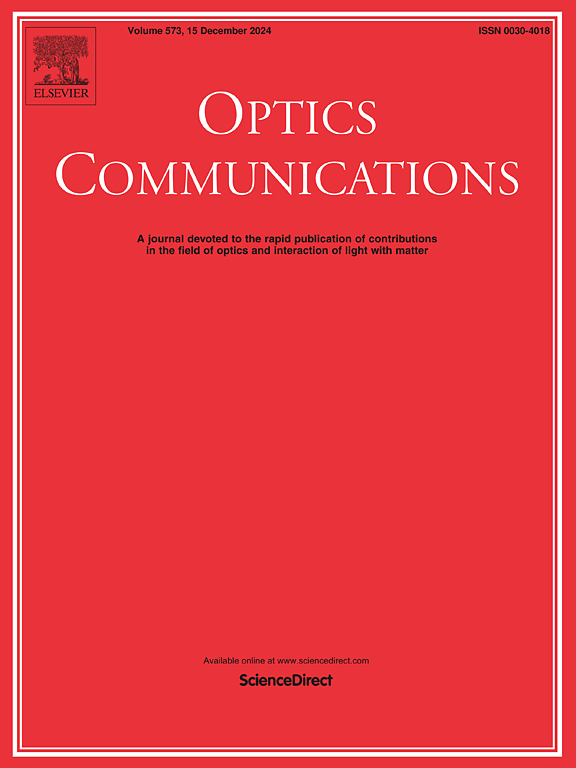Infrared non-uniformity correction method based on binocular detection system without blindsight
IF 2.5
3区 物理与天体物理
Q2 OPTICS
引用次数: 0
Abstract
The output image of an infrared detector often suffers from non-uniformity due to the inhomogeneity of the device material and limitations in the manufacturing process, which can reduce the detector's capability to detect and identify targets. It is therefore necessary to adequately correct the non-uniformity to fully utilize the high temperature sensitivity of the detector. Calibration-based non-uniformity correction technology is one of the earliest and most effective methods of correcting non-uniformity. Typically, a relatively uniform shutter is used to mask the field of view for calibration correction. However, this process interrupts the observation due to the need for masking, severely limiting its use in real-world projects. In order to maintain the performance superiority of the calibration-based method and eliminate the defect of target loss caused by masking, this paper takes the occlusion calibration as the theoretical basis, which consists of dual detectors to form a binocular detection system, and uses one of the occluded calibration auxiliary detector to assist the other occlusion-free primary detector, and takes advantage of the fact that the radiation is the same when observing the same target at the same time to make the correct response based on the steepest gradient descent learning algorithm, which removes the non-uniformity while achieving detail fidelity, no ghosting and continuous output.
基于无盲区双目检测系统的红外非均匀性校正方法
由于设备材料的不均匀性和制造工艺的局限性,红外探测器的输出图像往往存在不均匀性,这会降低探测器探测和识别目标的能力。因此,有必要对不均匀性进行充分校正,以充分利用探测器的高温灵敏度。基于校准的非均匀性校正技术是校正非均匀性最早也是最有效的方法之一。通常情况下,使用一个相对均匀的快门来遮挡视场,以进行校准校正。然而,由于需要遮挡,这一过程会中断观测,严重限制了其在实际项目中的应用。为了保持基于校准方法的性能优势,消除遮挡造成目标丢失的缺陷,本文以遮挡校准为理论基础,由双探测器组成双目探测系统,利用其中一个遮挡校准辅助探测器辅助另一个无遮挡主探测器、并利用同时观测同一目标时辐射相同这一事实,基于最陡梯度下降学习算法做出正确响应,在消除非均匀性的同时实现细节保真、无重影和连续输出。
本文章由计算机程序翻译,如有差异,请以英文原文为准。
求助全文
约1分钟内获得全文
求助全文
来源期刊

Optics Communications
物理-光学
CiteScore
5.10
自引率
8.30%
发文量
681
审稿时长
38 days
期刊介绍:
Optics Communications invites original and timely contributions containing new results in various fields of optics and photonics. The journal considers theoretical and experimental research in areas ranging from the fundamental properties of light to technological applications. Topics covered include classical and quantum optics, optical physics and light-matter interactions, lasers, imaging, guided-wave optics and optical information processing. Manuscripts should offer clear evidence of novelty and significance. Papers concentrating on mathematical and computational issues, with limited connection to optics, are not suitable for publication in the Journal. Similarly, small technical advances, or papers concerned only with engineering applications or issues of materials science fall outside the journal scope.
 求助内容:
求助内容: 应助结果提醒方式:
应助结果提醒方式:


